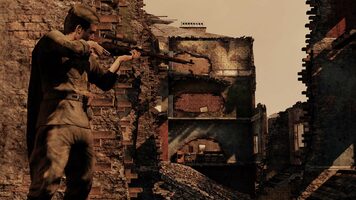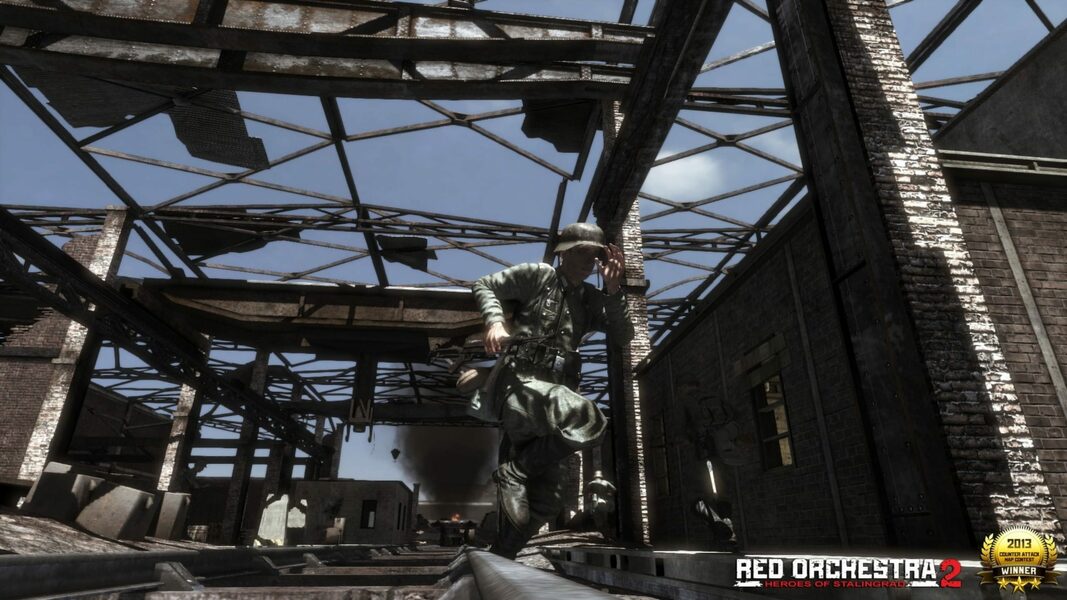

It's also an example of how embracing the asymmetry inherent to Pacific infantry combat gives Rising Storm's two factions personalities that wouldn't be present if Tripwire had simply mirrored the armories and abilities of the American and Japanese. It's a tiny miracle that Tripwire can balance such a destructive role without muting the power you feel as you're slinging heat-it's one of the best examples of the studio's mastery over vulnerability and empowerment.

You have to protect yourself as you maneuver into position before you can ambush a bunker or firing line of Japanese, and moving while being unable to return fire against long- and medium-range threats is a tense dance. In practice, playing as the flamethrower feels like you're a glass cannon. The near-constant sense of danger is part of what distinguishes Rising Storm from other multiplayer FPSes. Safety remains a luxury, and death is often anonymous and instantaneous-artillery shells and cooked grenades will unexpectedly separate your legs from your body, flame clouds will fill your bunker without warning, and bolt-action rifles will reach you from across the map. Tank combat and a single-player mode are out, and essentially gone are the bugs and performance issues that plagued RO2's initial release. Two years after the release of Red Orchestra 2, this standalone expansion to it is a little grittier and much more focused and technically sound. You're a set of fatigues wrapped around fragile humanity, ready to lose your dogtags.

Plenty of shooters empower us-by stamping experience points across the screen when we bag a kill, by handing us exaggerated guns or an array of increasingly fancy hats-but what pervades Rising Storm is the feeling that you aren't a soldier-superman.

Vulnerability is an underused tool of FPS developers.


 0 kommentar(er)
0 kommentar(er)
